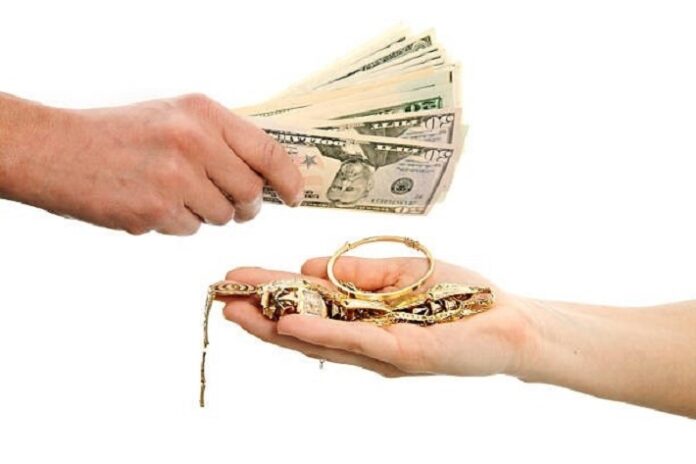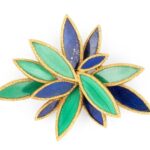For many people, jewelry has both sentimental and financial significance. But it can break, get damaged, or just go out of style over time. One common issue that comes up in situations like this is: Is it worth selling broken or damaged jewelry?
Assessing the Condition
It’s crucial to evaluate damaged jewelry carefully before determining whether to sell it. Small flaws like a broken clasp or missing stone could not have a big impact on the item’s worth. Severe damage or structural problems, however, may reduce its value. Take a close look at the piece and consider factors such as:
- The extent of damage
- The type of damage (e.g., missing stones, bent metal)
- The overall condition of the jewelry
- Any potential repair costs
Factors to Consider
- Repair Costs vs. Value: Evaluate the cost of repairing the jewelry versus its potential resale value. In some cases, repair expenses may outweigh the item’s worth. Consult with a reputable jewelry buyer to get an estimate for repairs and compare it with the jewelry’s market value.
- Sentimental Value: Consider the sentimental significance of the piece. If the jewelry has been passed down through generations or holds special memories, its monetary worth may be secondary. In such cases, you may choose to keep the piece for sentimental reasons rather than selling it.
- Market Demand: Research the market demand for similar pieces. Highly sought-after designs or materials may fetch a higher price despite damage. Look for trends in the jewelry market and consider factors such as current fashion trends and consumer preferences.
- Materials and Metals: Precious metals like gold, silver, and platinum retain value even in damaged condition. Assess the purity and weight of these metals in the jewelry, as they can contribute significantly to its resale value. Keep in mind that the price of gold and other precious metals fluctuates based on market conditions.
- Designer or Brand: Jewelry from renowned designers or brands may hold value regardless of damage, especially among collectors. Research the designer or brand of the jewelry and consider factors such as brand reputation, rarity, and historical significance.
Options for Selling Damaged Jewelry:
Research the best places to sell jewelry based on your specific needs and preferences. Online marketplaces, auction sites, and jewelry resale platforms are popular options for selling damaged jewelry to a wide audience of potential jewelry buyers. Here are some of the choices you can consider:
- Local Jewelry Buyers: Visit local jewelers or pawn shops that buy broken or damaged jewelry. They could offer to buy it for what it’s worth as scrap metal or figure out how much it might be worth again. Make sure you get quotes from more than one designer to make sure you’re getting a good deal.
- Online Marketplaces: Explore online marketplaces like eBay, Craigslist, or specialized jewelry resale platforms. Provide detailed descriptions and images of the damaged jewelry to attract potential buyers. Be transparent about the item’s condition and offer competitive pricing to maximize your chances of selling.
- Jewelry Repair Services: Some jewelry repair shops buy broken jewelry to get the metals they can use again or to fix up pieces to sell again. A jewelry repair shop might want to buy the jewelry for its parts if it has valuable pieces like gemstones or precious metals.
- Gold and Silver Refiners: Contact gold and silver refiners who get valuable metals out of jewelry. Most of the time, they buy things based on how pure and heavy they are. You might not get the most money for the jewelry, but selling it to a refiner can be easy if the piece can’t be fixed.
- Charitable Donations: Consider donating damaged jewelry to charitable organizations. While you won’t receive monetary compensation, you can benefit from tax deductions while supporting a worthy cause. Be sure to obtain a written appraisal of the jewelry’s value for tax purposes.
Final Thoughts
Selling broken or damaged jewelry can be a viable option depending on various factors such as sentimental value, repair costs, and market demand. Before making a decision, carefully assess the condition of the jewelry and explore different selling options. Ultimately, whether it’s worth selling damaged jewelry is a personal decision that considers both financial and emotional factors.
Remember to take your time and explore all available options before deciding what to do with your damaged jewelry. Whether you choose to sell it, repair it, or keep it for sentimental reasons, the most important thing is to make a decision that feels right for you.
Disclaimer: This information has been collected through secondary research and TJM Media Pvt Ltd. is not responsible for any errors in the same.


























